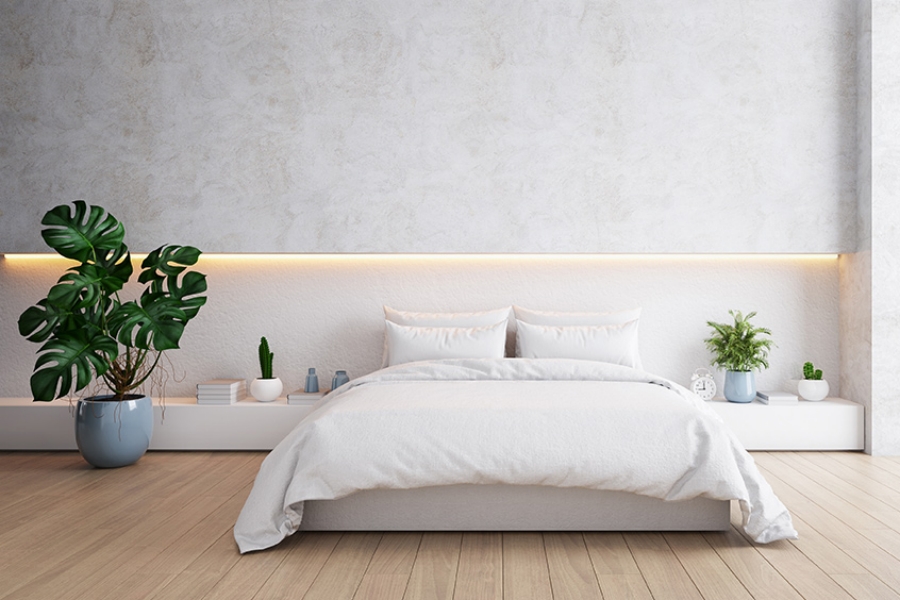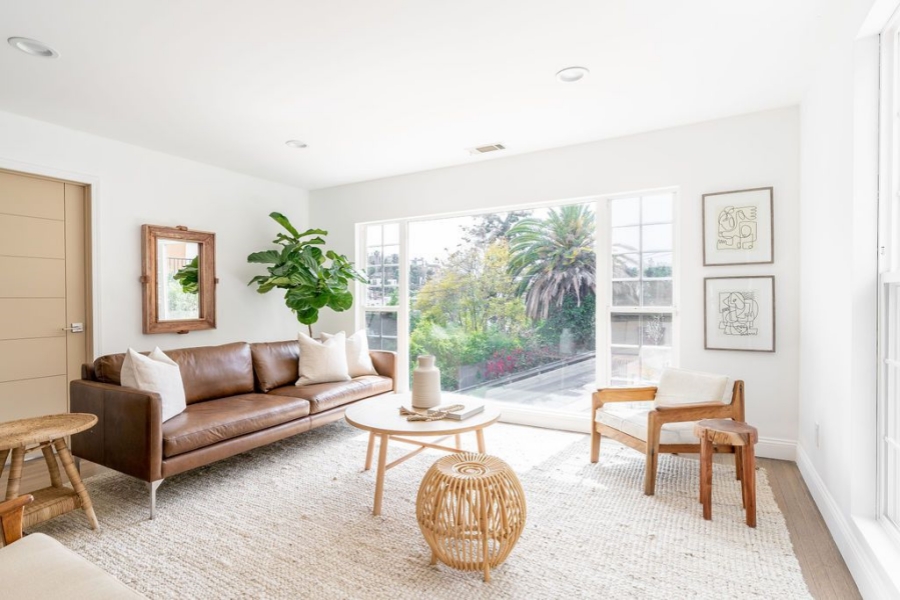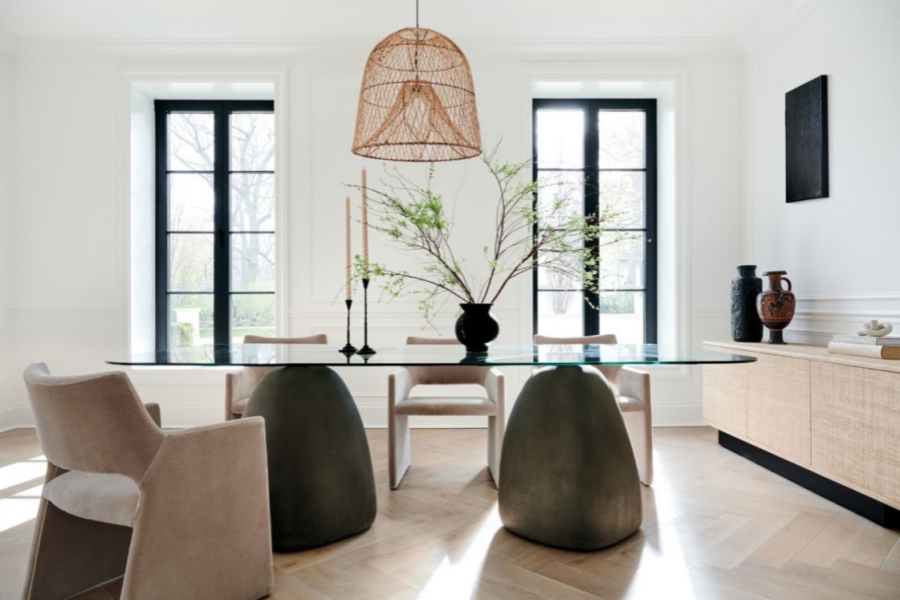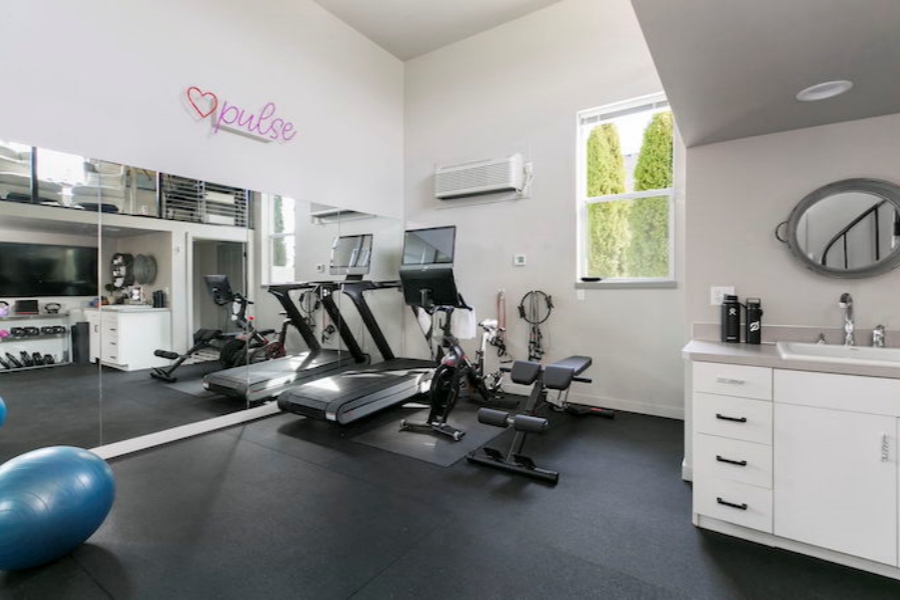At the heart of minimalist aesthetics is the principle of “less is more”. This doesn’t mean stripping a space down to its bare essentials, but rather, carefully curating items that serve a purpose and bring joy. Each piece of furniture, each artwork, and each accessory is chosen with intention, contributing to an overall sense of harmony and balance.
Color plays a vital role in minimalist design. A neutral palette, often featuring shades of white, gray, and beige, creates a calm and soothing atmosphere. Pops of color are used sparingly, often in the form of a statement piece or a subtle accent that adds depth and interest without overwhelming the senses.

Minimalist aesthetics also emphasize the importance of natural elements. Large windows that let in plenty of natural light, indoor plants that add a touch of green, and natural materials like wood, stone, and linen, all work together to create a connection with the outside world, enhancing the sense of peace and tranquility.
While minimalist design may seem limiting to some, it actually offers a great deal of flexibility. By focusing on the essentials, we can create a space that truly reflects our personal style and needs. It’s about creating a space that feels light, open, and unburdened, a space where we can breathe, think, and simply be.
Minimalist aesthetics in home decor is not about austerity, but rather about finding beauty in simplicity and order. It’s a design approach that invites us to slow down, appreciate the essentials, and find joy in the simple things in life.




